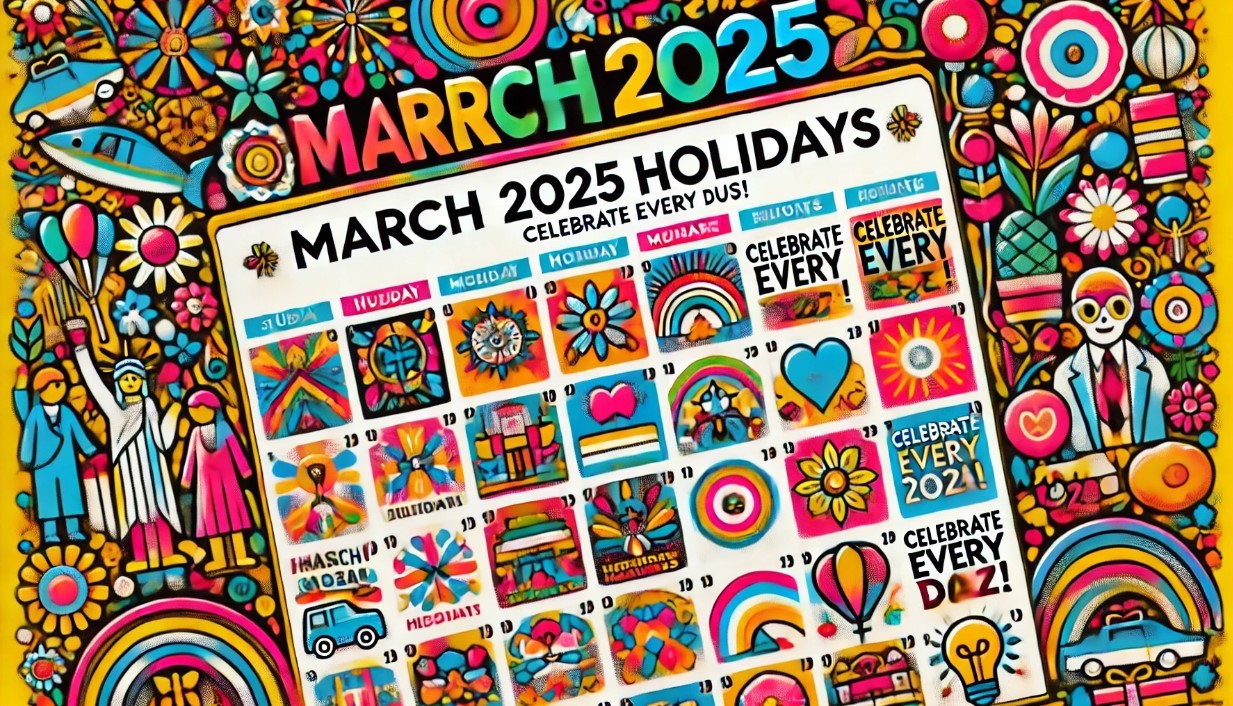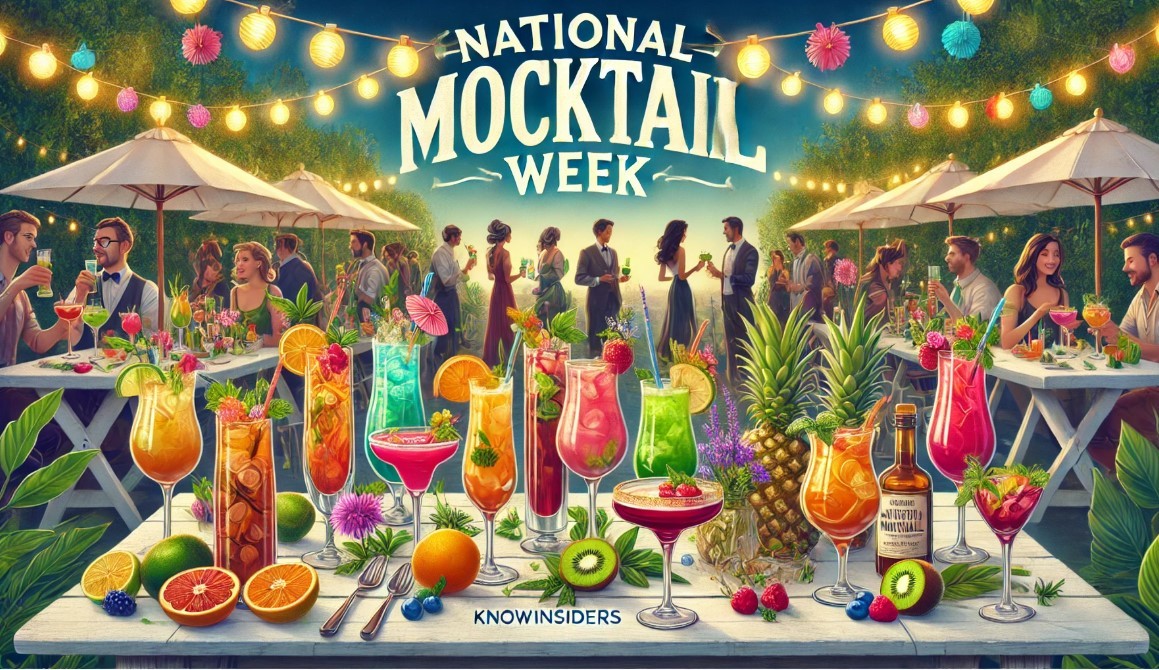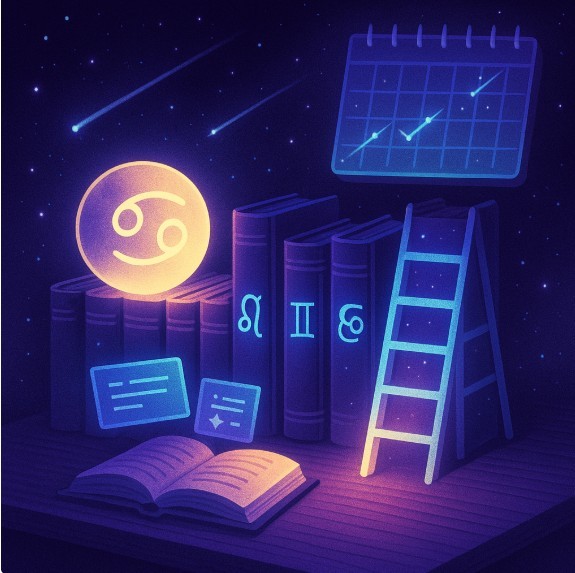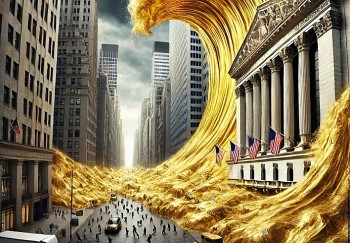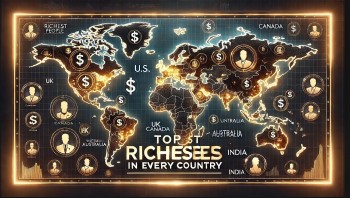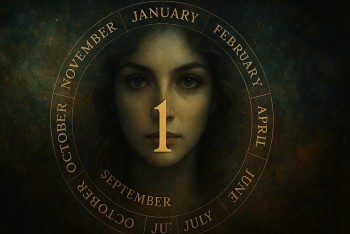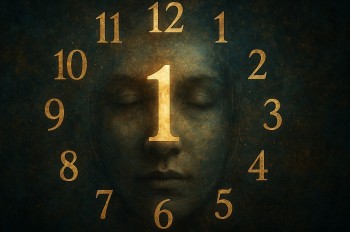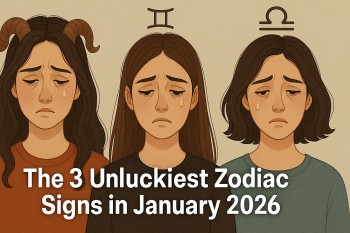Guy Fawkes/Bonfire Night (UK) - Origin, Significance, Traditions and Modern Practices
| Table of Contents |
Every year on November 5th, skies across the United Kingdom light up with fireworks and bonfires, marking the celebration known as Guy Fawkes Night or Bonfire Night. Originating from a failed political conspiracy in the early 17th century, the holiday has grown into a cherished British tradition that combines elements of history, folklore, and festivity. Originally observed to celebrate the foiling of a plot to assassinate King James I, Guy Fawkes Night has evolved to become a night of community gatherings, fireworks displays, and the lighting of large bonfires.
Today, Bonfire Night symbolizes more than just a historical event—it represents community spirit and shared history.
Learn more: UK Calendar in November: Full List of National Holidays, Special Days and International Events
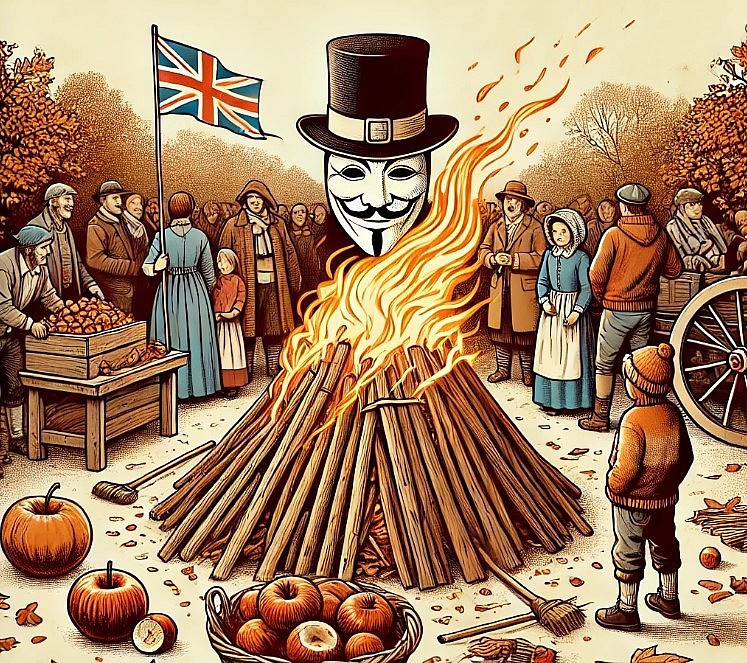 |
| A traditional bonfire with an effigy of Guy Fawkes on top, surrounded by people in cozy attire and seasonal treats like toffee apples and roasted chestnuts. |
Origins and Historical Background
The origins of Guy Fawkes Night are rooted in one of the most notorious conspiracies in British history: the Gunpowder Plot of 1605. The plot, an attempted assassination of King James I, was orchestrated by a group of English Catholics who sought to eliminate the Protestant leadership and replace it with Catholic rulers. The conspirators, led by Robert Catesby and including Guy Fawkes, planned to blow up the Houses of Parliament during a session attended by the King, nobility, and members of the government.
The Gunpowder Plot of 1605: Tensions between Catholics and Protestants were high in early 17th-century England, and many Catholics felt marginalized under the Protestant rule of King James I. The Gunpowder Plot was intended to be a powerful act of rebellion and a statement against the persecution of Catholics. The plan involved smuggling barrels of gunpowder into the cellar of the House of Lords and setting them off, effectively dismantling the existing government and paving the way for a Catholic takeover.
Capture of Guy Fawkes: Guy Fawkes, a soldier experienced in explosives, was assigned to guard the gunpowder and ignite it at the right moment. However, authorities were tipped off by an anonymous letter, leading them to search the Parliament cellars. In the early hours of November 5, 1605, Fawkes was discovered and apprehended. Under torture, he confessed to his involvement in the plot, and he, along with the other conspirators, was executed.
Commemoration of November 5: The news of the foiled plot spread quickly, and Parliament soon declared November 5 a day of thanksgiving for the King’s survival. The tradition of lighting bonfires to celebrate the King’s safety began, and over the years, Bonfire Night became an annual event, marking the anniversary of the plot with bonfires and effigies of Guy Fawkes.
Cultural Significance
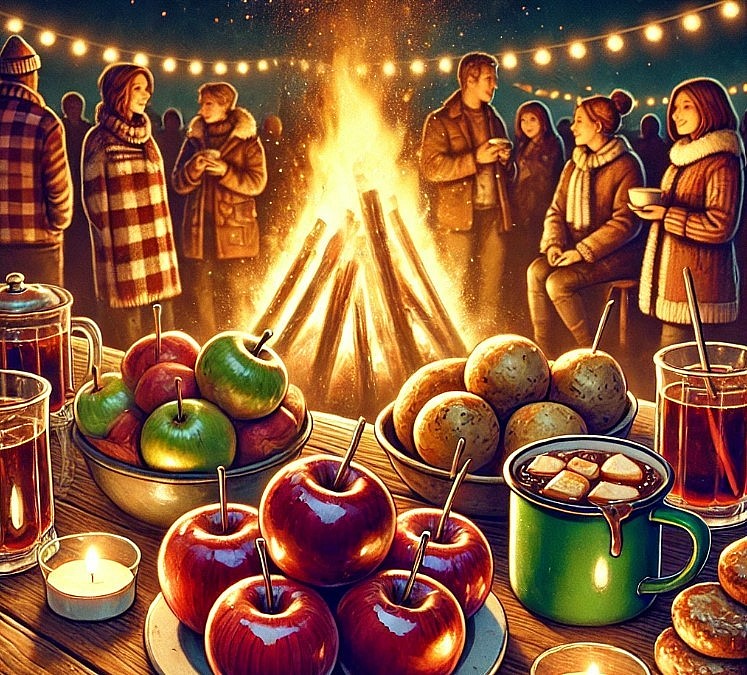 |
| Guy Fawkes Night |
Guy Fawkes Night holds a unique place in British culture, blending political history with communal celebration. Originally intended to remind citizens of the dangers of rebellion and the triumph of Protestant rule, the holiday has taken on broader, more symbolic meanings over the centuries.
Symbolism of the Bonfire: The bonfire, a central feature of Guy Fawkes Night, represents the protection of the monarchy and loyalty to the crown. Traditionally, bonfires were a show of unity and patriotism, a display of loyalty to the King and the Protestant state. Over time, this symbolism has softened, and the bonfire is now more about gathering warmth and community rather than political allegiance.
Religious and Social Tensions: Historically, Bonfire Night was steeped in religious tension, reflecting the conflict between Catholics and Protestants in Britain. Effigies of the Pope were once burned alongside those of Guy Fawkes. However, as religious tensions eased and society became more secular, the holiday evolved, focusing more on celebration and less on sectarian divisions.
Evolution into a Community Tradition: Today, Bonfire Night has shed much of its original political and religious associations. It has transformed into a beloved community tradition, where families gather to enjoy fireworks, share seasonal treats, and light bonfires in a spirit of fun and togetherness. The event has grown to include community fireworks displays, making it accessible and enjoyable for people of all backgrounds.
Traditional Customs and Modern Practices
Guy Fawkes Night is marked by a number of unique customs and practices that have evolved over time. Although many of the original customs remain, new traditions have been added, making it a holiday rich in both history and festivity.
Lighting Bonfires: The lighting of bonfires is the heart of the celebration. Historically, these bonfires were used to burn effigies of Guy Fawkes as a way to remember the plot and express loyalty to the crown. Today, bonfires still serve as a focal point for gatherings, bringing warmth and light to the November night. In some communities, large bonfire sculptures are built, often with creative designs.
Fireworks Displays: Fireworks have become an iconic part of Bonfire Night, symbolizing the explosive intentions of the Gunpowder Plot. Cities and towns across the UK host elaborate fireworks displays, attracting large crowds who gather to watch the sky light up in colorful explosions. Fireworks add excitement to the night and have become a major draw for families, making Bonfire Night one of the most popular outdoor events in Britain.
Burning Effigies: The tradition of burning effigies dates back to the early celebrations of Bonfire Night. Effigies of Guy Fawkes, often referred to as "guys," are constructed and placed on top of bonfires to symbolize the punishment of the plotters. In recent times, effigies can also reflect modern themes, with controversial public figures occasionally becoming the subject of a bonfire effigy.
Food and Festivities: Bonfire Night is associated with seasonal treats that add to the cozy atmosphere. Traditional foods include toffee apples, a popular snack for children; jacket potatoes, which are cooked over the bonfire coals; and roasted chestnuts. Hot drinks like mulled wine or cider are also enjoyed, helping attendees stay warm as they celebrate outdoors.
Modern-Day Relevance and Variations
In contemporary Britain, Bonfire Night remains a popular celebration, though it has adapted to meet modern sensibilities. Local councils often organize public events to ensure safety, with regulated fireworks displays and controlled bonfires.
Community Celebrations: Many towns and cities hold organized Bonfire Night events that include food stalls, live entertainment, and family-friendly activities. These events bring communities together, creating a festive atmosphere that celebrates local culture and tradition.
Environmental and Safety Concerns: In recent years, concerns about air pollution and fire safety have prompted discussions about the environmental impact of fireworks and bonfires. Some communities have opted for quieter, eco-friendly alternatives, such as laser shows, to reduce noise pollution and minimize harm to pets and wildlife.
Bonfire Night vs. Halloween: As Bonfire Night falls close to Halloween, some of the holiday’s customs, like dressing up and hosting parties, have merged with Halloween traditions. However, Bonfire Night remains distinct with its historical roots, and many families in the UK celebrate both holidays with equal enthusiasm.
Conclusion
Guy Fawkes Night, or Bonfire Night, is an enduring British tradition that has evolved over the centuries. What began as a political commemoration of the failed Gunpowder Plot has transformed into a celebration of community, history, and shared heritage. The annual lighting of bonfires, the thrill of fireworks, and the warmth of seasonal treats bring people together in towns and cities across the United Kingdom.
Today, Bonfire Night serves as a reminder of Britain’s complex history, while its communal festivities create a space for families and friends to gather, celebrate, and enjoy the November night. As the bonfires crackle and fireworks light up the sky, Guy Fawkes Night continues to be a cherished tradition that combines historical reverence with modern joy.
Frequently Asked Questions (FAQ)
-
Who was Guy Fawkes, and why is he associated with Bonfire Night?
Guy Fawkes was one of the main conspirators in the Gunpowder Plot of 1605, an attempt to blow up the British Parliament and assassinate King James I. He was caught guarding the explosives and became the face of the plot, which is why his effigy is traditionally burned on Bonfire Night.
-
Why do people burn effigies of Guy Fawkes?
Burning an effigy of Guy Fawkes on a bonfire began as a way to symbolize the punishment of those who plotted against the monarchy and government. Today, it remains a central tradition of Bonfire Night, reminding people of the historical event while also serving as an exciting part of the celebration.
-
Is Bonfire Night a public holiday in the UK?
No, Bonfire Night is not an official public holiday, but it is widely celebrated across the United Kingdom with local events, public gatherings, and fireworks displays organized by communities and councils.
-
How is Bonfire Night different from Halloween?
While both events fall close to each other on the calendar, Halloween and Bonfire Night have different origins and customs. Halloween is largely influenced by ancient Celtic traditions and focuses on costumes, trick-or-treating, and spooky themes, whereas Bonfire Night commemorates a historical event, with a focus on bonfires, fireworks, and community gatherings.
-
What foods are typically eaten on Bonfire Night?
Traditional foods for Bonfire Night include toffee apples, jacket potatoes, roasted chestnuts, and sausages. These treats are usually enjoyed by the bonfire, along with hot drinks like mulled wine or cider to keep warm on a chilly November night.
-
Are there any environmental concerns with Bonfire Night?
Yes, the use of fireworks and large bonfires can contribute to air pollution and noise, which can be harmful to wildlife and pets. In recent years, some communities have opted for quieter or more eco-friendly alternatives to fireworks, such as laser light shows, to address these concerns.
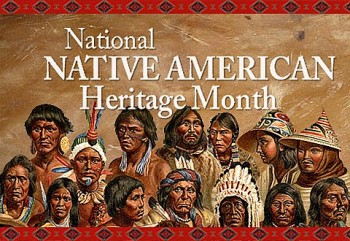 Native American Heritage Month: History, Significance, and Celebrations Native American Heritage Month: History, Significance, and Celebrations Native American Heritage Month is celebrated throughout the United States in November, recognizing the rich cultures, histories, and contributions of Native Americans. |
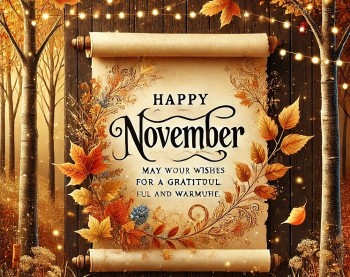 Happy November with Best Wishes, Messages, and Quotes to Share Happy November with Best Wishes, Messages, and Quotes to Share November reminds us to embrace gratitude, celebrate change, and cherish the warmth of connection even as the weather cools. May this November be one of ... |
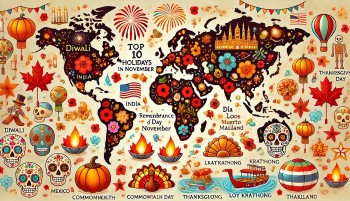 Top 10 Most Popular Holidays in November Around the World Top 10 Most Popular Holidays in November Around the World In this article, we’ll explore the top 10 most popular November holidays and festivals celebrated globally, each with its own distinct traditions and significance. |

